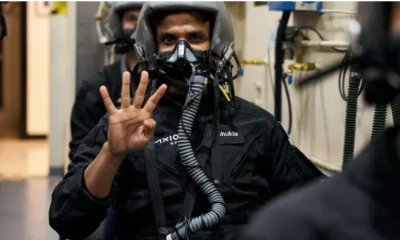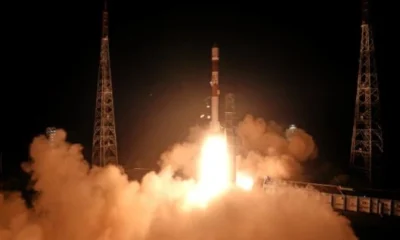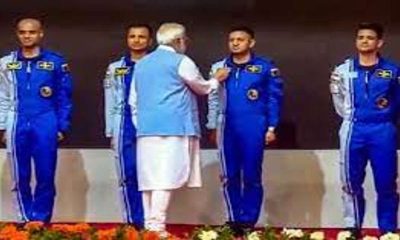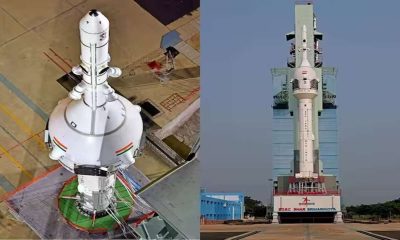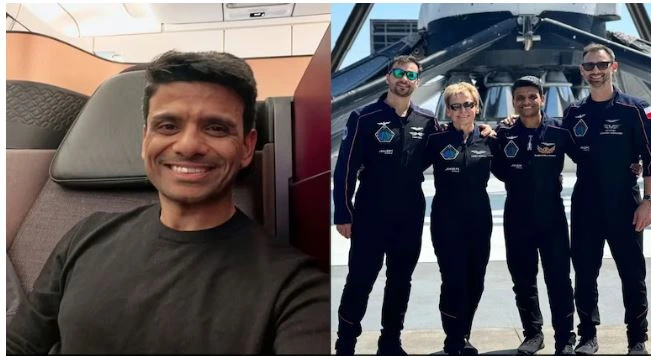Latest Science News
Chandrayaan-2 to be launched at 2.43 pm on July 22 now, announces ISRO

Latest Science News
Astronaut Shubhanshu Shukla to meet PM Modi after return from historic space mission
Astronaut Shubhanshu Shukla, who recently returned from the ISS as part of the Axiom-4 mission, will meet PM Modi this evening. Parliament will also hold a special discussion on his historic journey.
India News
Shubhanshu Shukla pens emotional note as he returns to India after space mission
Indian astronaut Shubhanshu Shukla penned an emotional Instagram post as he returned to India after his 18-day ISS mission, marking a milestone in India’s space journey.
Latest Science News
Shubhanshu Shukla becomes second Indian in space, lifts off for ISS aboard Axiom-4 mission
Group Captain Shubhanshu Shukla becomes the second Indian astronaut to travel to space after four decades, aboard the Axiom-4 mission to the International Space Station.
-

 India News18 hours ago
India News18 hours agoBJP gets its first mayor in Kerala as VV Rajesh takes charge in Thiruvananthapuram
-

 India News20 hours ago
India News20 hours agoVeer Bal Diwas reflects courage, conviction and righteousness, Says PM Modi
-

 India News16 hours ago
India News16 hours agoAAP targets Delhi LG with Ghajini dig over pollution row, BJP hits back
-

 Entertainment16 hours ago
Entertainment16 hours agoDhurandhar box office collection crosses Rs 1,000 crore worldwide in 21 days
-

 Latest world news15 hours ago
Latest world news15 hours agoIndia flags attacks on Hindus in Bangladesh as worrisome after recent lynchings
-

 India News22 hours ago
India News22 hours agoTrain fares increased from December 26: check revised ticket prices across classes
-

 India News22 hours ago
India News22 hours agoDelhi air quality improves slightly but stays in poor category
-

 India News17 hours ago
India News17 hours agoTraffic slows in Himachal Pradesh as year-end tourist rush chokes roads to Shimla, Manali

